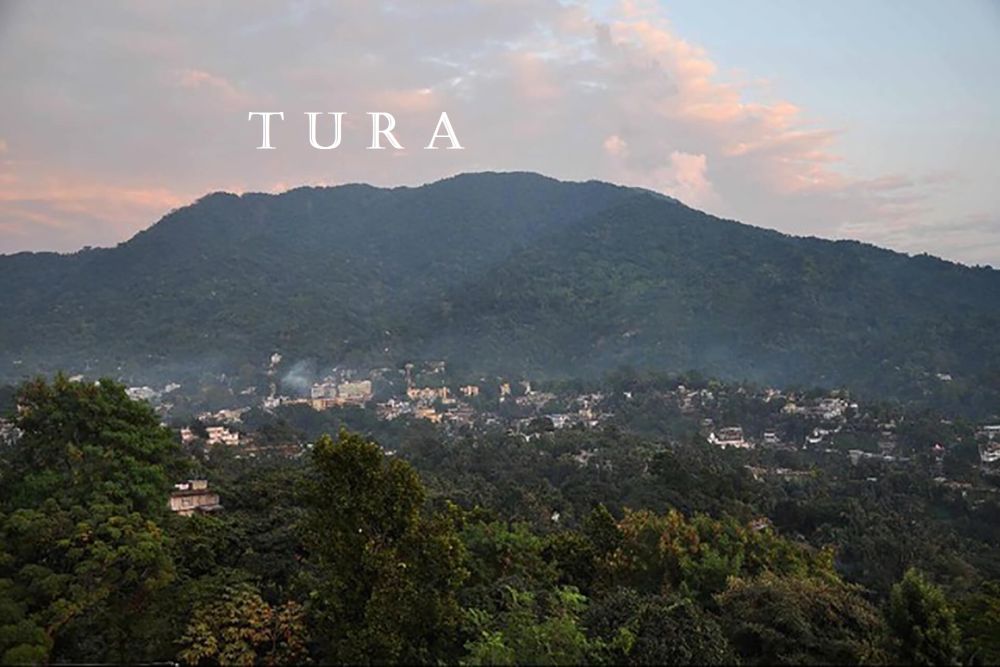

Tura, a picturesque town nestled in the West Garo Hills of Meghalaya, India, has quite a distinctive place in the annals of tourism. The history of tourism in Tura is intertwined with the cultural fabric and the alluring natural beauty of the region. It’s a history that, although not as old as some of the more traditional tourist destinations in India, has been gaining momentum, especially since the state of Meghalaya was formed in 1972.
Historically, Tura was less of a tourist destination and more of an administrative hub during British colonial times due to its strategic location. However, post India’s independence and subsequent statehood of Meghalaya, Tura began to emerge as a site attracting those who were in pursuit of tranquility and natural beauty. The town’s profile was raised with the discovery of its rich biodiversity, and unique cultural heritage. Tourism started to flourish as adventurers and nature lovers began exploring the unspoiled landscapes of the region.
The main attractions in Tura are the Nokrek National Park, home to the Red Panda and Asian Elephant, and the Balphakram National Park, known for its mysterious canyon-cum-gorge called Balpakram which translates to “the land of the eternal winds.†These natural wonders alongside the Siju Caves and Rongbang Dare Waterfall became staples for ecotourists and biodiversity enthusiasts.
Further accentuating Tura’s tourism appeal is the rich cultural tapestry woven by the Garo tribe. With their traditional festivals like Wangala, the harvest festival, tourists gain an authentic experience of the local culture, music, and dance which have been preserved and celebrated throughout the years.
In recent years, Tura has seen a surge in community-based tourism. This approach offers tourists a chance to stay with local families and experience their daily lives. It’s a sustainable tourism model that has seen success and is in line with the global trends of experiential and responsible tourism.
Adventure tourism is another growing trend, with activities like trekking, camping, and wildlife safaris becoming increasingly popular. The development of infrastructure like homestays, guest houses, and the improvement of road connectivity has also made remote areas more accessible to tourists.
Digitalization and social media have played significant roles in putting Tura on the map. Images of the region's scenic vistas and vibrant cultural events shared online have sparked considerable interest in the global travel community.
In summary, the history of Tura’s tourism has been evolving from a hidden gem to a well-regarded eco-tourism and cultural destination. With the convergence of natural beauty, rich cultural history, and a trend towards sustainable and responsible tourism practices, Tura is poised to be one of the most captivating destinations in Northeast India. Bold initiatives and a concerted effort from the local community are helping to preserve Tura’s pristine environments and indigenous cultures, ensuring that the tourism industry will thrive while maintaining the region’s integrity for future generations to explore and enjoy.